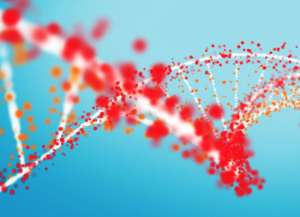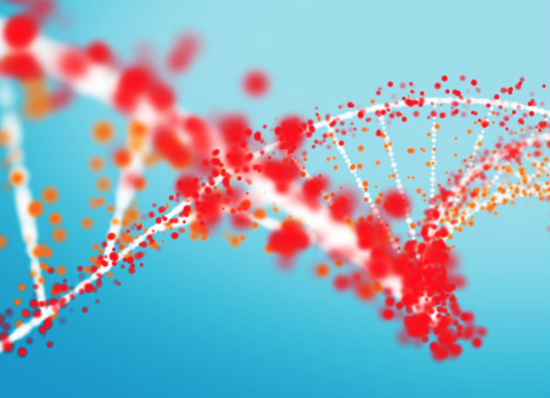
Developments in the Optimization of Recombinant Protein Expression
Biological sciences owe an enormous debt to the power and utility of recombinant protein expression. It has drastically expanded the number of proteins that can be investigated both biochemically and structurally. Protein production was initially restricted to specialists, since purification from natural sources was usually difficult and time consuming. More recently, developments in new commercial system for recombinant protein expression and advanced protein purification techniques has made protein production a standard practice throughout the biological and biomedical sciences. This scaled implementation of revolutionary protein production techniques has allowed for the scientific study of thousands of scarce and novel proteins from a large variety of sources. As the number of recombinantly produced proteins increases, so too does an appreciation for the difficulties and limitations inherent to this process.
Many nonbacterial recombinant expression systems have been developed over the last few decades including yeast, baculovirus, mammalian, and even cell free systems etc. Escherichia coli remains as the host of preference for recombinant protein expression among scientists. Its clear advantages are that it is a vector that is easy to genetically manipulate, it is relatively inexpensive compared to other expression systems, and it is also relatively quick (proteins that be produced within a day). This widespread use has afforded it special attention over the years, with protocols for NMR spectroscopy isotype labeling and X-ray crystallography selenomethionine incorporation having been well established. These advantages give it a versatility that is useful in structural studies. E. coli has many significant benefits in cost, ease-of-use, and scale compared to other expression systems and is thus very popular in recombinant protein expression.
However, there are also disadvantages to this common expression host. Unlike eukaryotic systems, transcription and translation are very fast and tightly coupled. The typical time afforded by the usual eukaryotic process for folding with the assistance of chaperones is cut short in this case, leading to a higher chance for misfolded, unfolded, or partially folded proteins with low solubility. Larger proteins, especially those with multiple domains and complicated folding schemes, have trouble expressing in E. coli and often express insolubly as inclusion bodies. Furthermore, insolubility isn’t just restricted to heterologous proteins, since many bacterial proteins also can’t be produced in soluble form when over expressed in E. coli. The reducing environment of the bacterial cytoplasm also creates challenges for the proper folding of proteins containing disulfide bonds. Certain eukaryotic post-translational modifications like glycosylation are also not possible within E. coli. Such modifications can be an essential component for the correct folding of an active protein.
Modern Advancements
Modern advancements have been made in order to improve the capabilities of soluble recombinant protein production in bacteria. New reagents, like new vectors or host strains, and strategies, like chaperone co-expression or low temperature induction, have been developed to overcome the aforementioned disadvantages surrounding this method. Over time, such advancements are sure to yield more versatile and powerful recombinant protein production strategies for more convenient and abundant research in the biologics fields.
Who We Are
ARVYS Proteins Inc. provides a full spectrum of protein biochemistry services – recombinant protein expression in bacterial, insect and mammalian cells, protein purification, refolding, assays and assay development, protein characterization, fermentation and endotoxin removal.
Outsource your protein biochemistry projects to ARVYS and enjoy superior results, team expertise and customer support after project completion.




